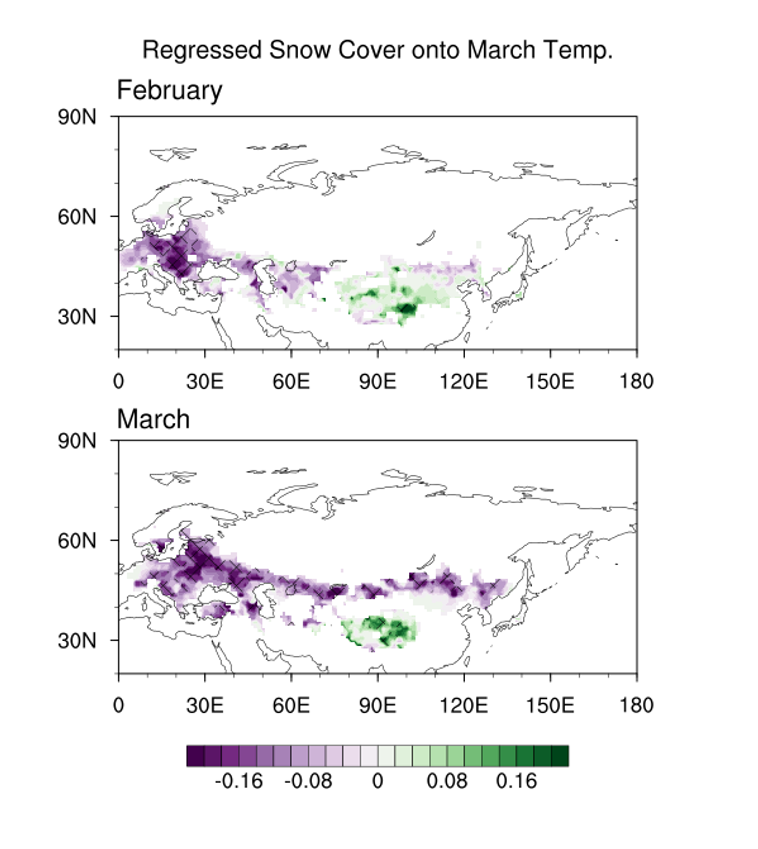APCC News
- Writer
- Admin
- Date
- 2022.03.05
- Views
- 749
An optimal long-range forecast is produced by combining information from climate models and statistical relationships between various climate factors. To improve the accuracy of operational long-range forecasting in Korea, considerable efforts have been undertaken to understand how the various climate factors, such as SST anomalies over tropical oceans and sea ice variability over the Arctic region, affect climate variability in Korea. Despite their high excellence and usability, these findings were interspersed with individual results, making it difficult to apply practically to long-term forecasting. Hence, long-term forecast guidance based on climate monitoring and analysis was published jointly by APCC and the Korea Meteorological Administration (KMA) in 2015. In 2021, an extensive revision to this guidance was required to reflect the change in the climate average period, from the previous period 1981–2010 to 1991-2020. In addition, recent research results, which were not reflected in the previous version, were added in the revised version of the guidance.
The “Guidance for Long-range Forecasting Ⅳ” consists of recent research results of strong scientific quality on the climate variability in Korea in relation to various climate factors. Additionally, the basic statistical information about Korean climate is organized systematically to increase work efficiency. For example, accurate assessment of the reliability of predictors was facilitated by presenting the yearly status of the predictors and simple correlation coefficients between predictors and Korean climate.
The verification of the existing statistical prediction models for the recent period provides the basis for the objective long-range forecasting. In addition, recent frequent extreme climate events make it difficult to produce reliable long-range forecasts. Hence, in the revised guidance, the physical mechanisms of the recent extreme climate events, including heat wave in 2018 and excessive precipitation in 2020, are presented to improve our understanding of the characteristic features of recent climate variability.
The “Guidance for Long-range Forecasting Ⅳ” includes basic statistical information on Korean climate variability, major factors that affect Korean climate, the influence of ENSO, and analysis of recent extreme climate events. The guidance is designed to improve long-range forecasting.
Above all, the usability was improved by reflecting all changes in forecast data from the new climatological period. Additionally, we have singled out high-utilization research results and schematized and summarized them to improve their long-term forecasting utility. Furthermore, as this guidance is a compilation of high-quality scientific research results on Korean climate variability, it is expected to be utilized in various educational programs and serve as a guide for long-range forecasting in the field.


